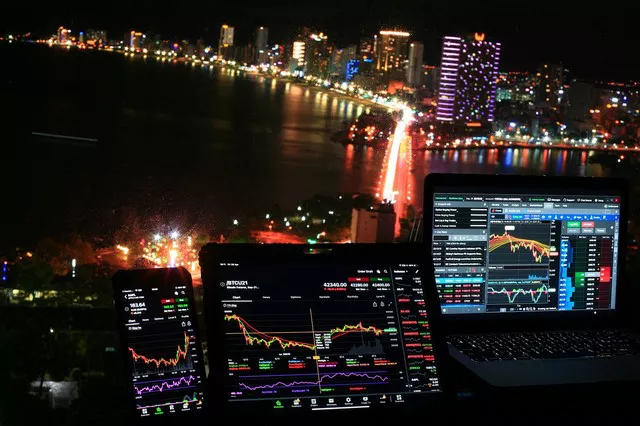Trading futures contracts can offer exciting opportunities for investors seeking to profit from price fluctuations in various asset classes. While most futures markets have designated trading hours, overnight trading presents unique advantages and challenges. In this article, we will explore strategies and considerations for trading futures overnight, providing valuable insights and tips to help traders navigate this distinct trading environment.
Understanding Overnight Futures Trading
Extended Trading Hours:
Definition: Overnight futures trading refers to the period outside regular trading hours when futures contracts are still actively traded.
Extended Trading Sessions: Many futures markets have extended trading sessions that allow participants to trade beyond regular hours, typically during pre-market and post-market hours.
Global Market Participation: Overnight trading accommodates market participants from different time zones, providing opportunities to react to international news and events.
Liquidity and Volatility:
Liquidity Considerations: Overnight trading liquidity may be lower compared to regular trading hours, potentially leading to wider bid-ask spreads.
Volatility Opportunities: Overnight trading can offer increased volatility due to lower participation, news releases, and economic data announcements, presenting opportunities for skilled traders.
Preparing for Overnight Futures Trading
Market Research and Analysis:
Stay Informed: Keep abreast of global news, economic indicators, and events that can impact the markets during overnight trading hours.
Technical Analysis: Utilize chart patterns, technical indicators, and price action analysis to identify potential entry and exit points.
Risk Management: Set clear risk parameters, establish stop-loss orders, and determine appropriate position sizes to manage overnight trading risks.
Identifying Suitable Futures Contracts:
Market Selection: Focus on futures contracts with sufficient liquidity during overnight sessions to ensure efficient order execution.
Asset Class Considerations: Select asset classes that align with your trading strategy and expertise, such as equity index futures, currency futures, or commodity futures.
Historical Price Behavior: Analyze how the chosen futures contract has historically behaved during overnight trading to understand its unique characteristics.
Strategies for Overnight Futures Trading
Gap Trading:
Definition: Gap trading involves taking advantage of price gaps that occur when the market opens higher or lower than the previous day’s closing price.
Identify Price Discrepancies: Monitor pre-market price movements and look for significant gaps that may present trading opportunities.
Risk Management: Implement stop-loss orders to protect against adverse price movements and consider profit targets based on the size of the gap.
News-Based Trading:
News Events Impact: Anticipate news releases and economic data announcements that can significantly impact futures prices.
Trade the Reaction: Prepare trading strategies that capitalize on market reactions to news, focusing on swift execution and managing risk during heightened volatility.
Use Economic Calendars: Consult economic calendars to stay informed about upcoming news events and their potential effects on overnight trading.
Overnight Swing Trading:
Identify Swing Opportunities: Look for overnight price swings that can occur due to extended trading hours and reduced liquidity.
Technical Analysis: Utilize technical indicators, chart patterns, and trend analysis to identify potential swing trade setups.
Time Frame Considerations: Adjust your time frames to accommodate overnight price movements and capture multi-day swings in the futures market.
Risk Management and Tips for Overnight Trading
Capital Preservation:
Risk-to-Reward Ratio: Maintain a favorable risk-to-reward ratio by setting appropriate profit targets and stop-loss levels.
Avoid Overexposure: Limit the number of positions held overnight to minimize risk exposure.
Use Protective Orders: Implement trailing stops or guaranteed stop-loss orders to protect profits and limit potential losses.
Technology and Order Execution:
Reliable Trading Platform: Utilize a robust and reliable trading platform that offers extended trading hours and real-time market data.
Order Types: Understand and utilize order types such as market orders, limit orders, and stop orders to execute trades efficiently.
Monitoring Tools: Utilize trading tools that allow for monitoring price movements and managing positions, even when away from the trading desk.
Conclusion
Overnight futures trading provides unique opportunities for traders to capitalize on extended market hours, global events, and increased volatility. By understanding the characteristics of overnight trading, conducting thorough market research, and implementing effective strategies, traders can increase their chances of success. It is crucial to employ sound risk management practices, stay informed about news events, and utilize appropriate technology and order execution tools to navigate the challenges and seize opportunities in overnight futures trading.


